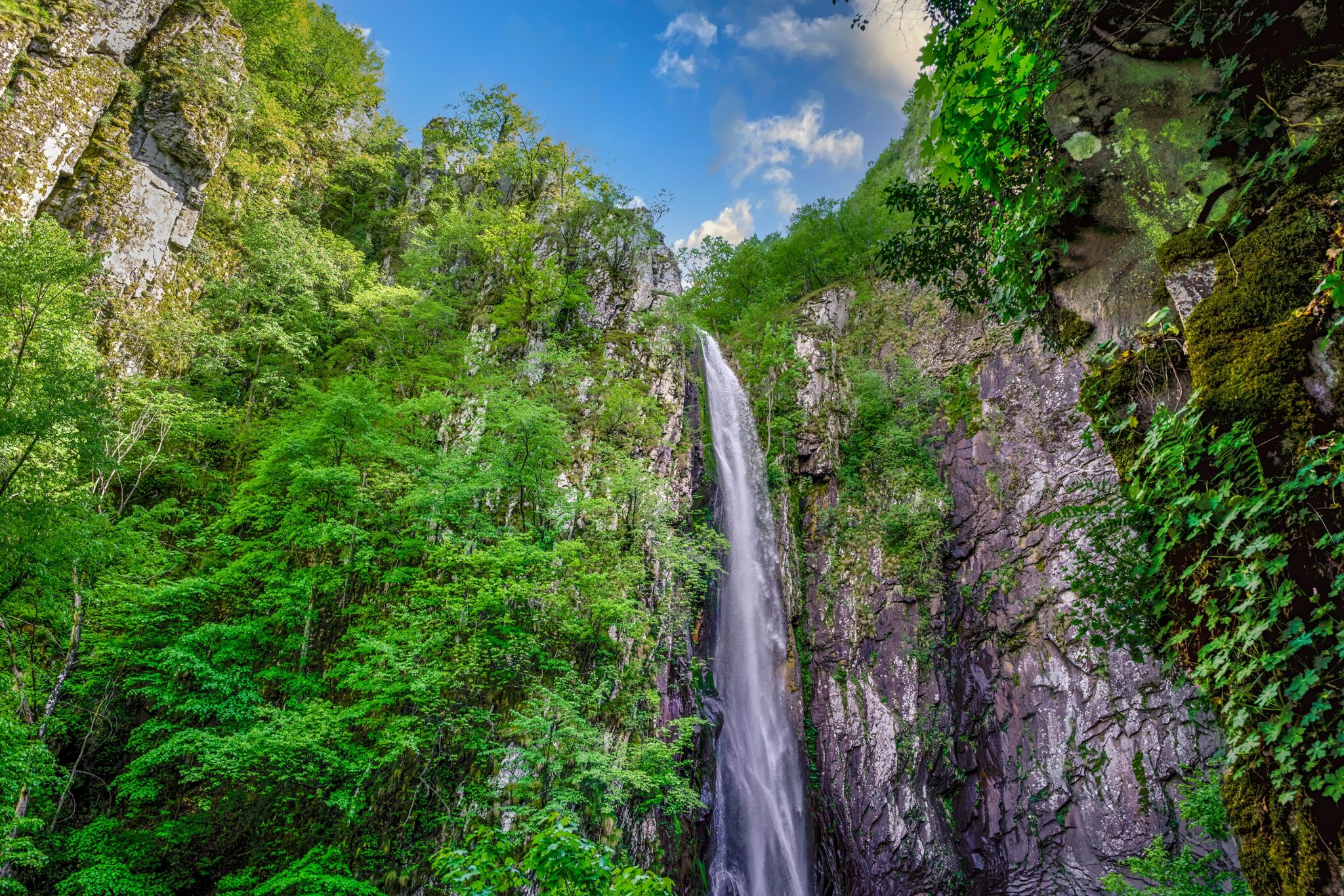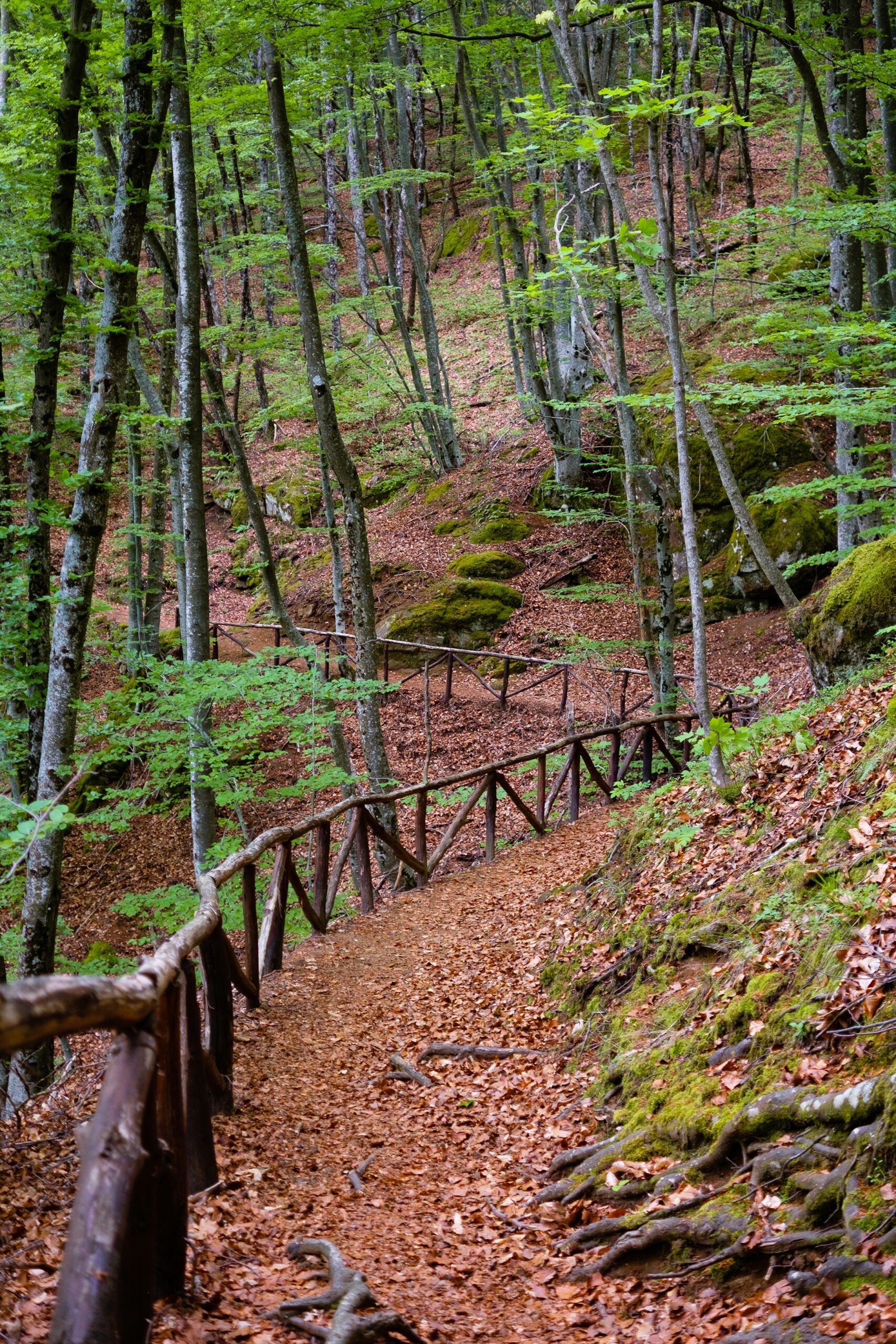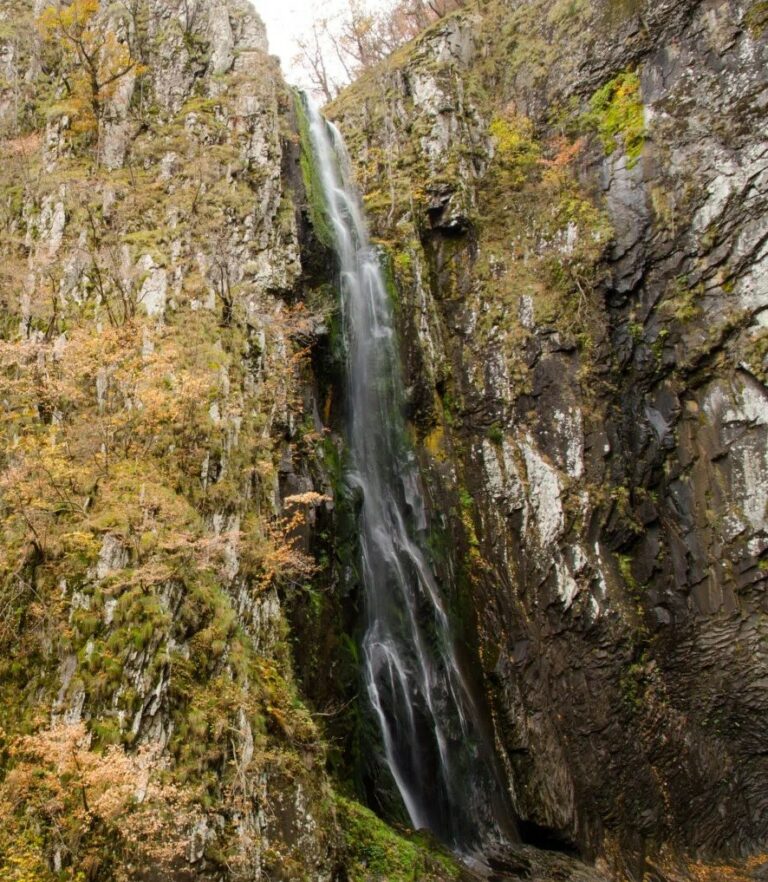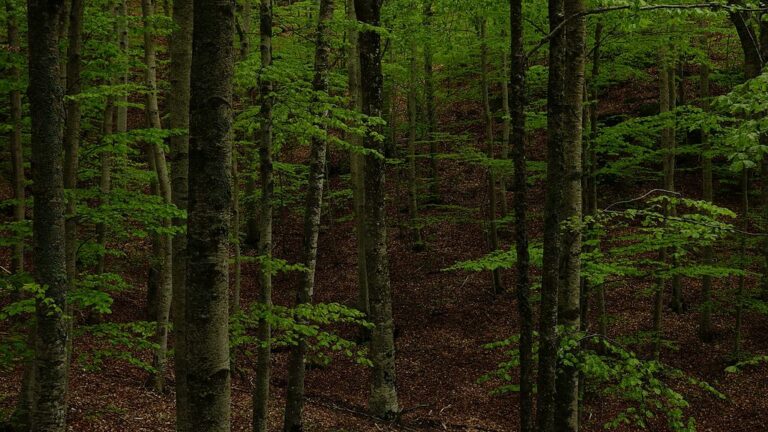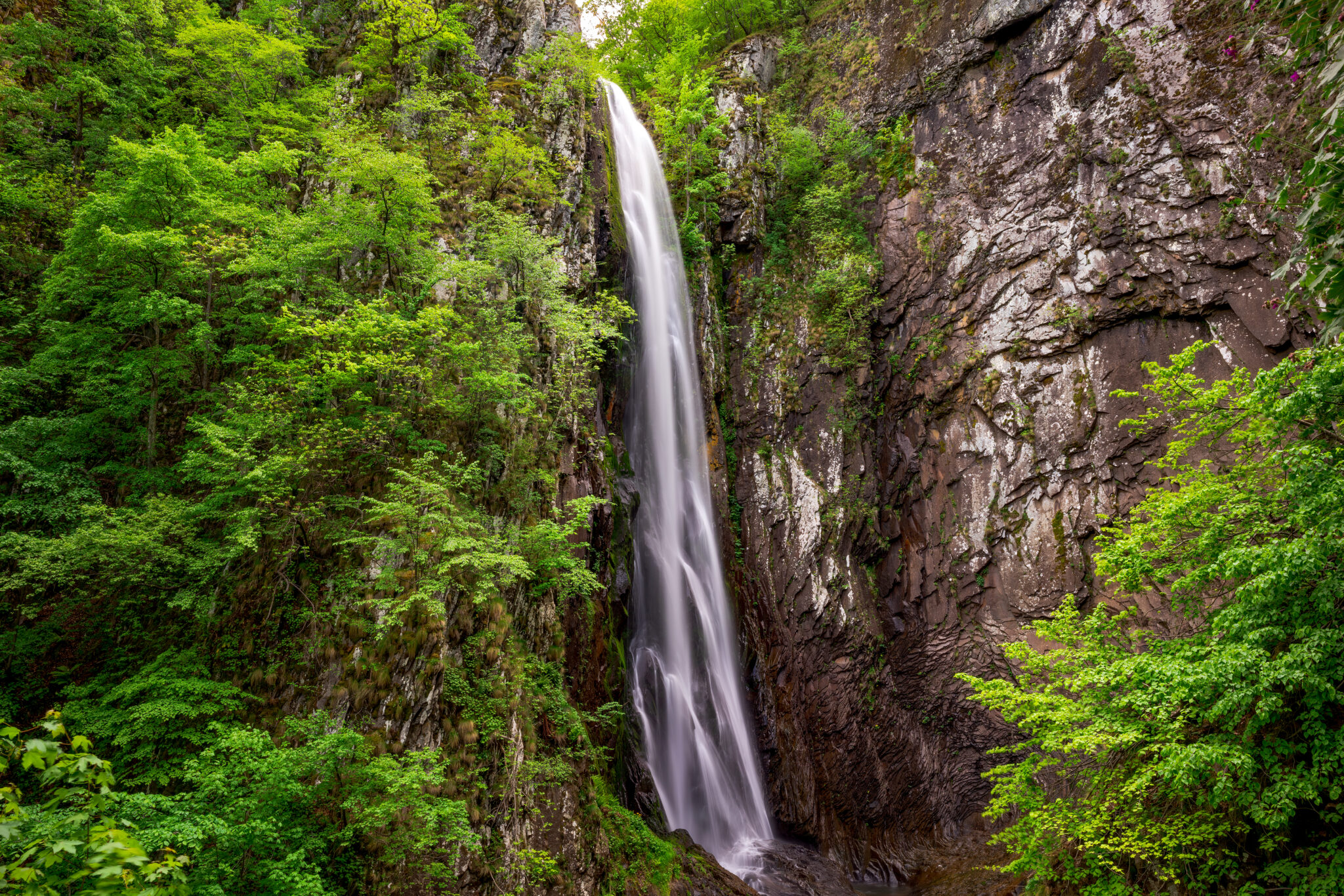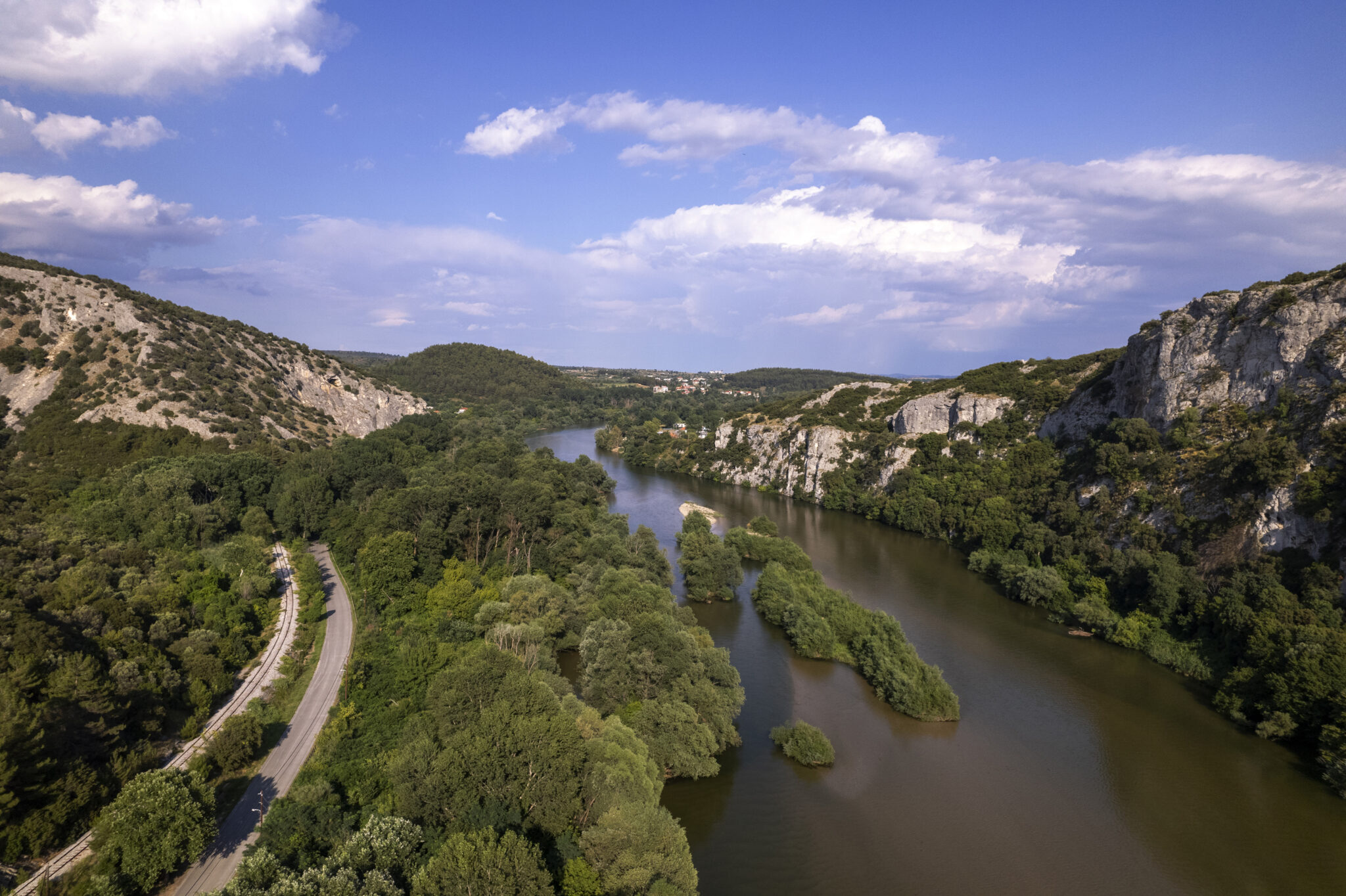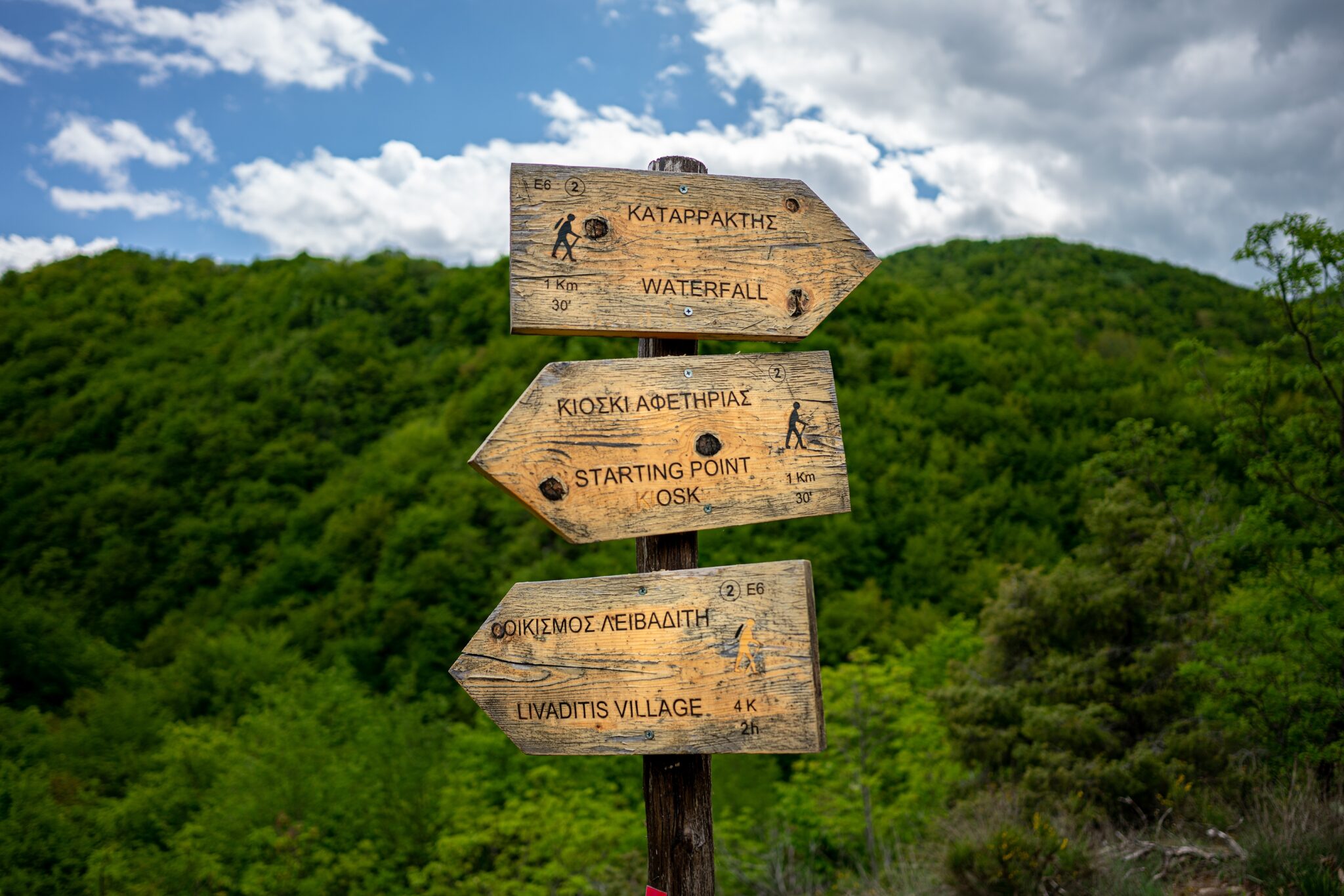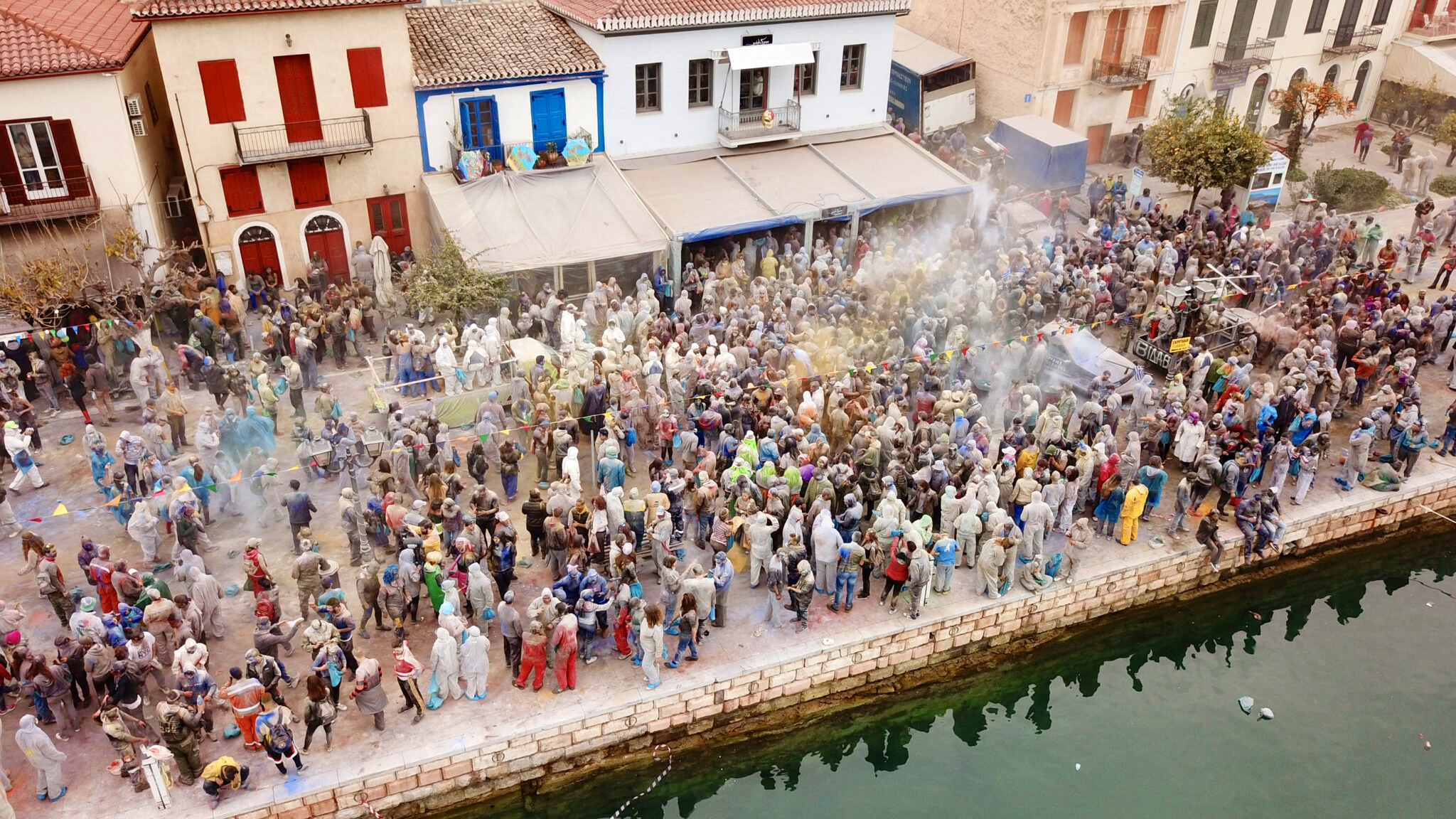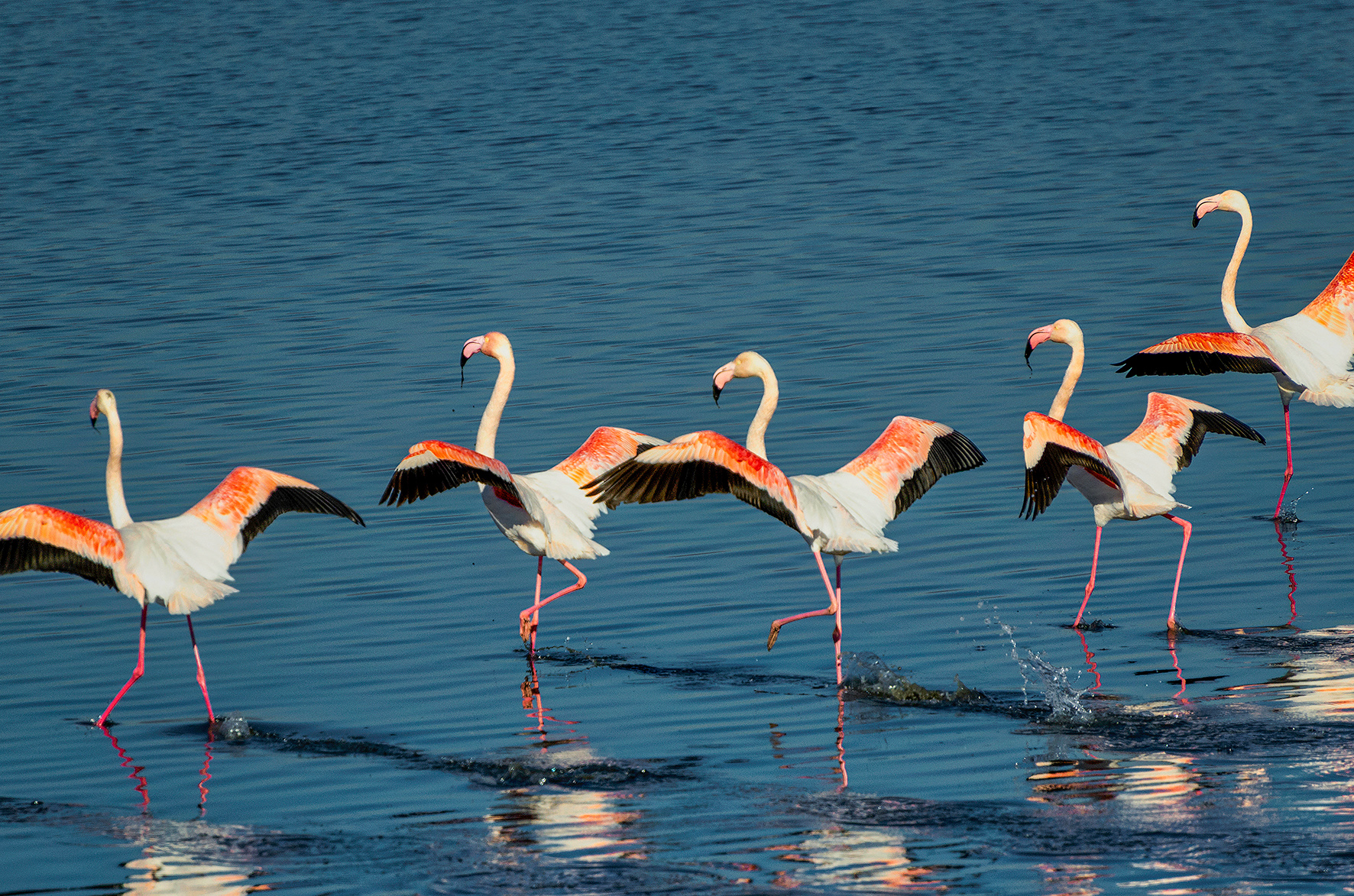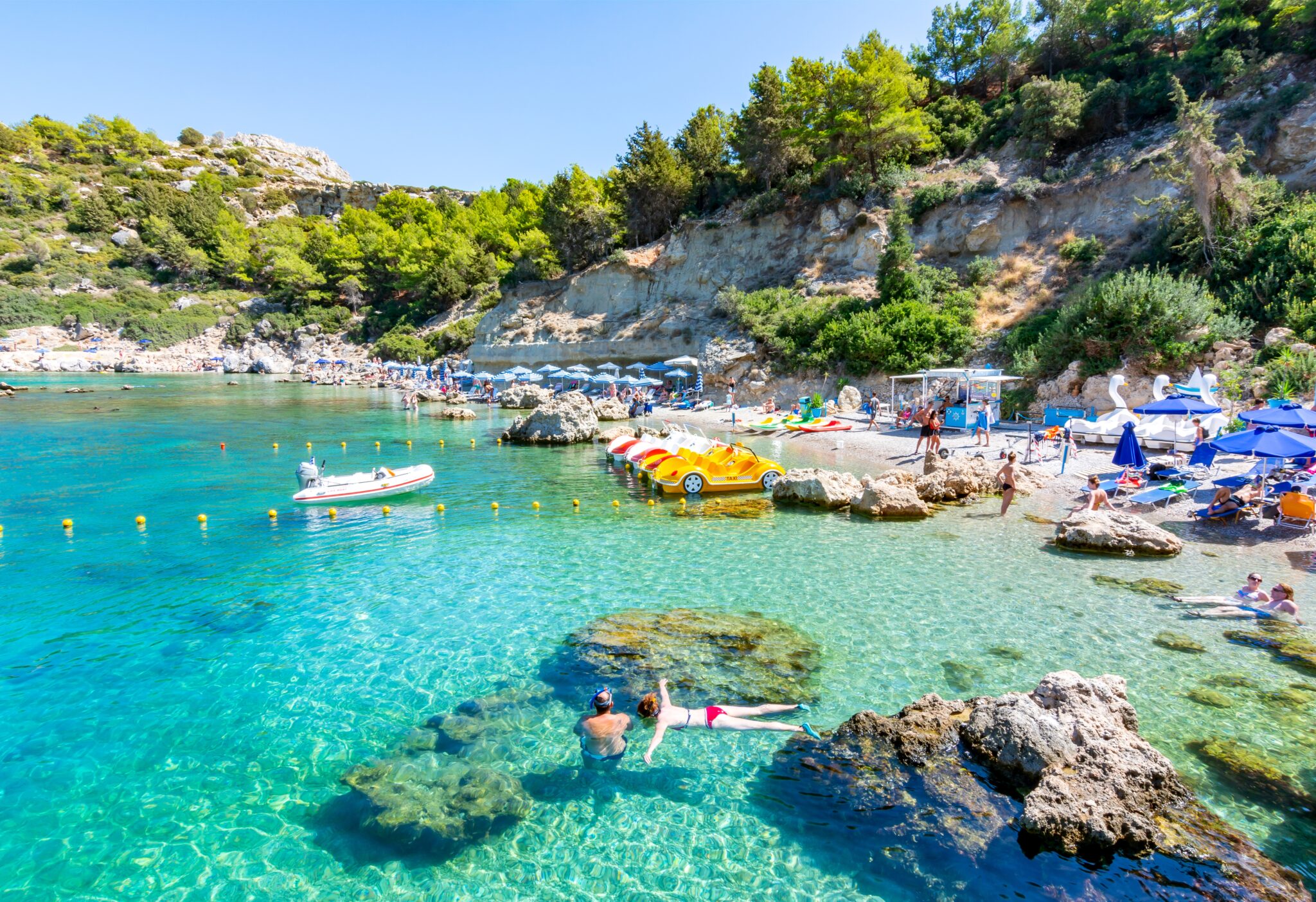The Livaditis Waterfall, or Trachoni Waterfall, rises to a height of more than 50 metres and is considered to be the largest waterfall in the Balkans in terms of water volume. It is located just a few kilometres away from the village of Livaditis, which is built at an altitude of 1,200 metres and is the highest inhabited village in Thrace. As significant as these figures are, they are not the reason why we suggest that you travel to the north of Xanthi and to the part of the Rhodope mountain range that is called Koula, but rather the natural beauty that we will try to describe in words. Of course, the best thing is to see it for yourself.
Starting from Xanthi, we take the road in a north-easterly direction. After Stavroupoli and the village of Dafnonas, the road gradually climbs up the mountainside and the landscape changes with large trees such as oaks and beeches. We leave the car in the car park, or if you prefer to drive on a dirt road, you can leave it at the start and walk for around 40 minutes. From the “car park” there is a path that goes downhill, and it took us about an hour and a half to cross it. Walking among beech and other trees, you will pass by and over small streams, enjoying the clean air and abundant nature. The route is of medium difficulty, but of course, you will need to bring suitable footwear and a supply of water.
As we approach, our destination reveals itself by its sound. Just by hearing the tumbling waters of the waterfall, we can imagine its great size, and when we see it, we are not disappointed. With its great volume, the water seems to form a moving structure.
The waterfall is located in an ecosystem called “Haidou Forest“, a combination of flora and fauna of rare beauty and diversity. Most of the area is covered by huge beech trees and a section with clusters of trees that are around 30 metres tall, which has been declared a Natural Monument. Another impressive plant is the yellow lily. As we walked, we saw squirrels and small birds, and as far as we know, other animals live in the forest, such as bears, hares and foxes.
According to folklore, the fair ladies used to bathe in the waters of the waterfall, where the fairies used to weave their fairy garments, and according to ancient Greek mythology, the Satyrs danced to Dionysian rhythms here. They were enchanted by the lyre of Orpheus, the Thracian god of music and son of the muse Calliope. The myth may be a myth but looking and listening to the water of the waterfall and the forest in general, we understand why people in different eras have attributed magical properties to this place.
We visited Livaditis in spring when the waterfall has the most water compared to other seasons. Locals tell us that it is at its most impressive during the coldest months of winter, when the falling water freezes and forms frozen sculptures that break when the temperature rises in early spring, creating a magical combination of images and sounds. Certainly, Livaditis Falls and Haidou Forest is a place that every true nature lover should add to his or her bucket list.
Information and Tips for Your Trip
The village of Livaditis is 49 kilometres and about an hour’s drive from Xanthi, 71 kilometres and about 80 minutes from the city of Drama.
A good reason to visit the wider area is the Carnival of Xanthi, which is the biggest in Northern Greece.
Nestos River is one of the country’s rivers that appeals to rafting and mountain biking fans.
Xanthi also has a large and, in our opinion, underrated coastline.
The gastronomy of Xanthi is in itself a good reason to travel to Thrace.
Read also:
The Wildly Beautiful Kastoria Village of Gavros



